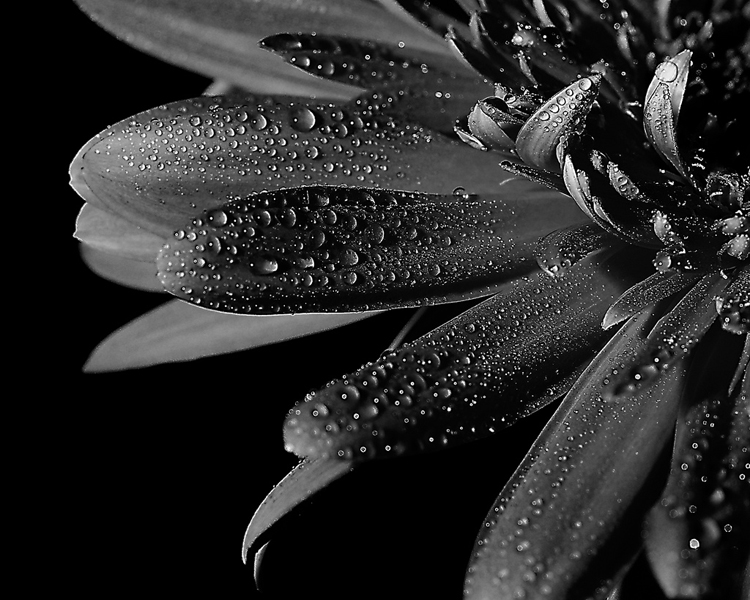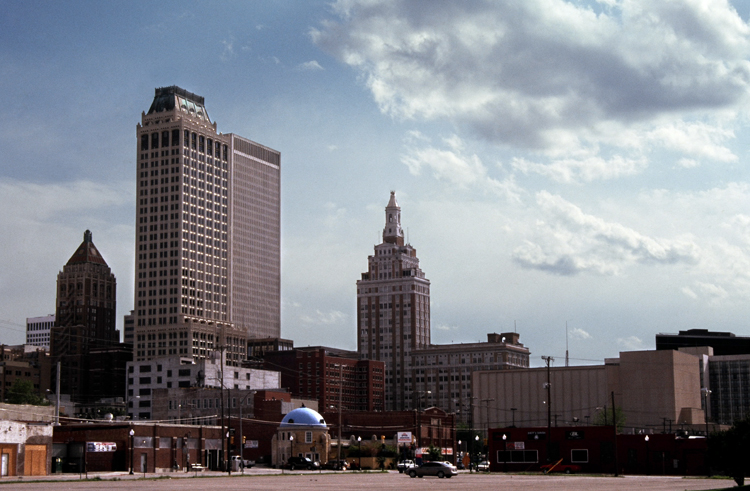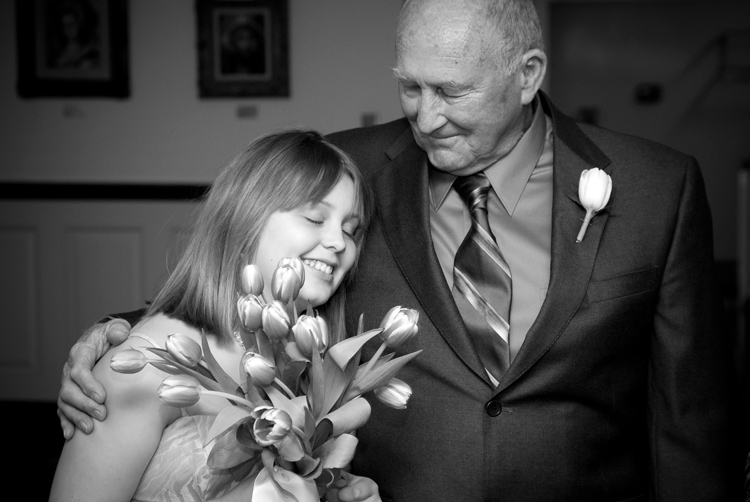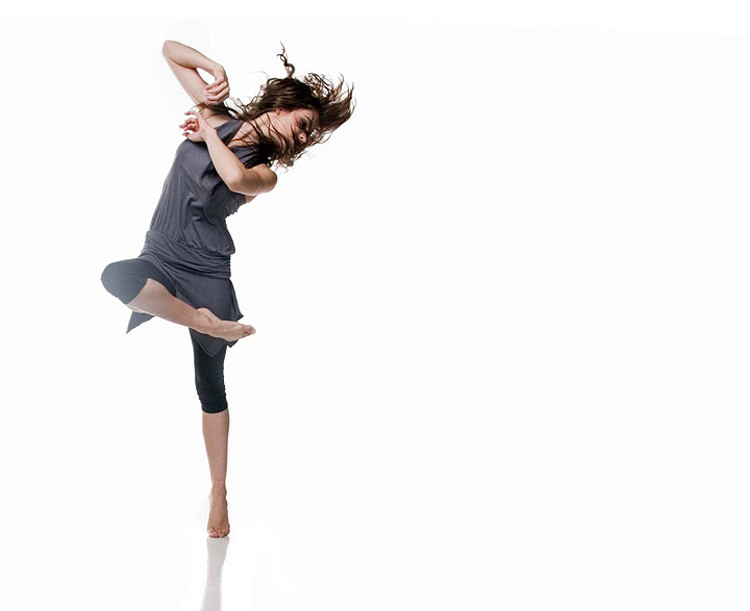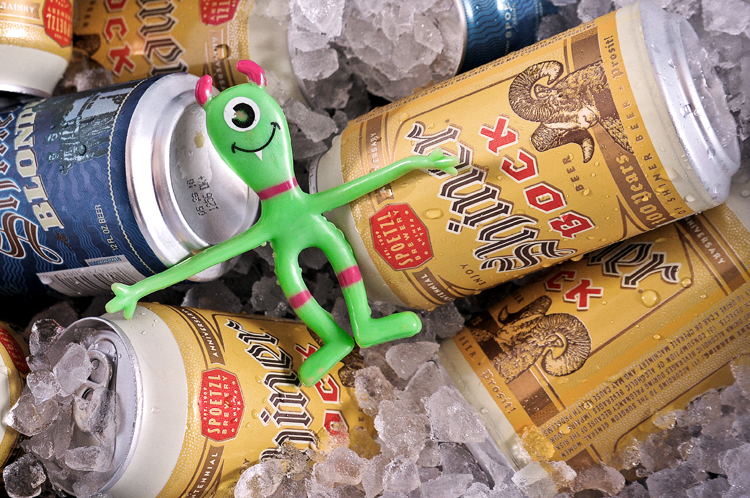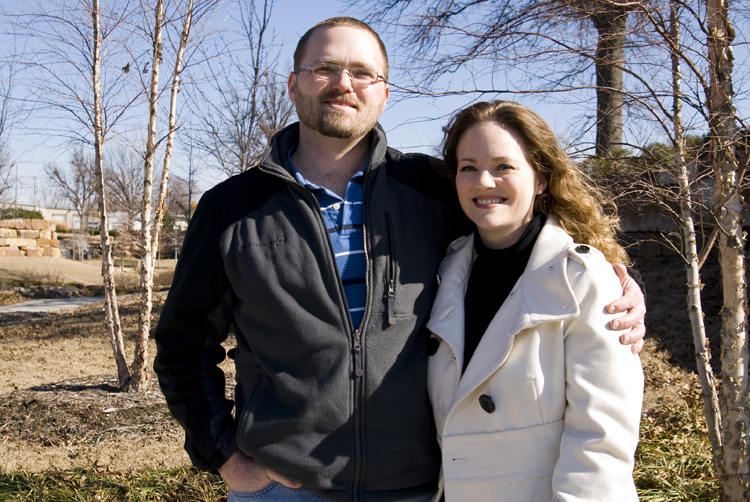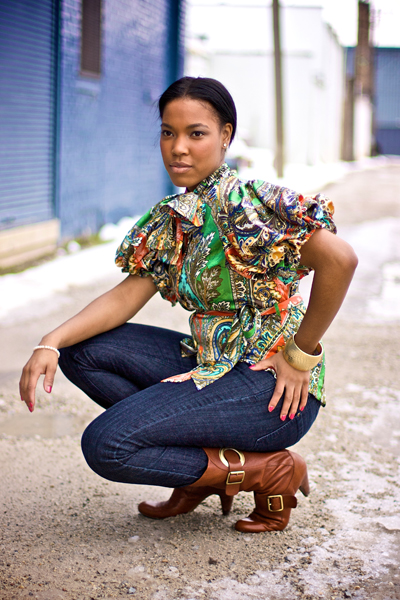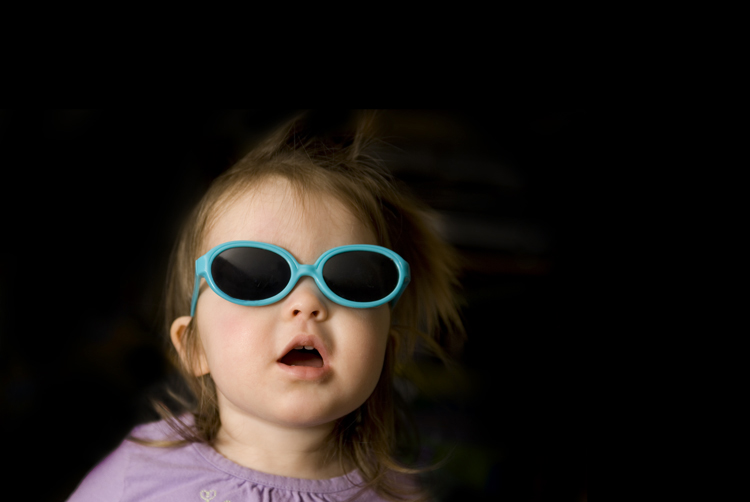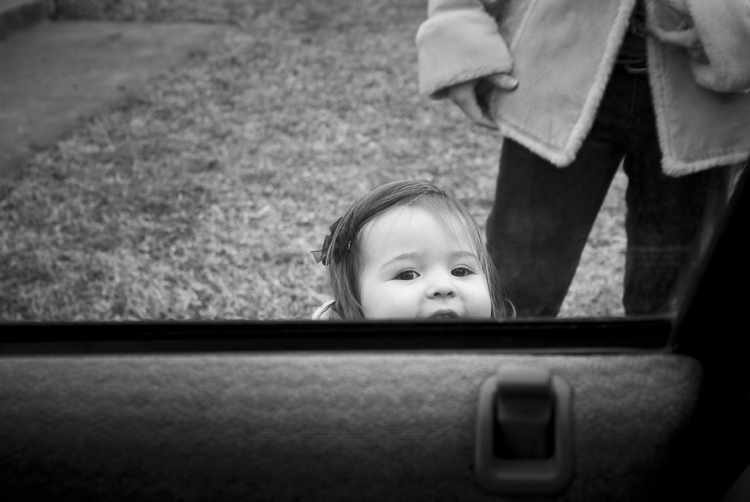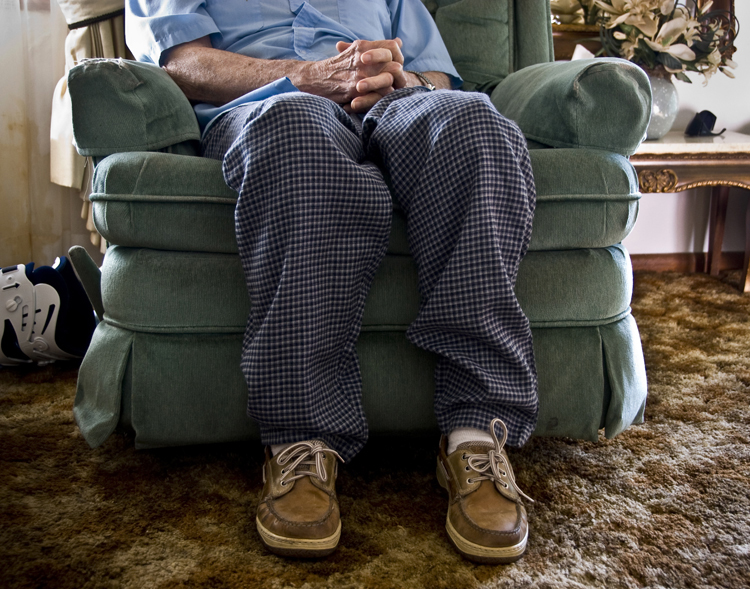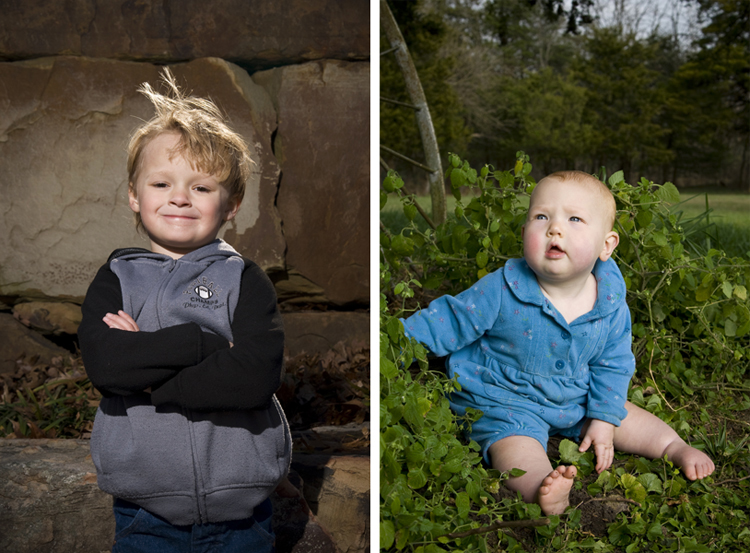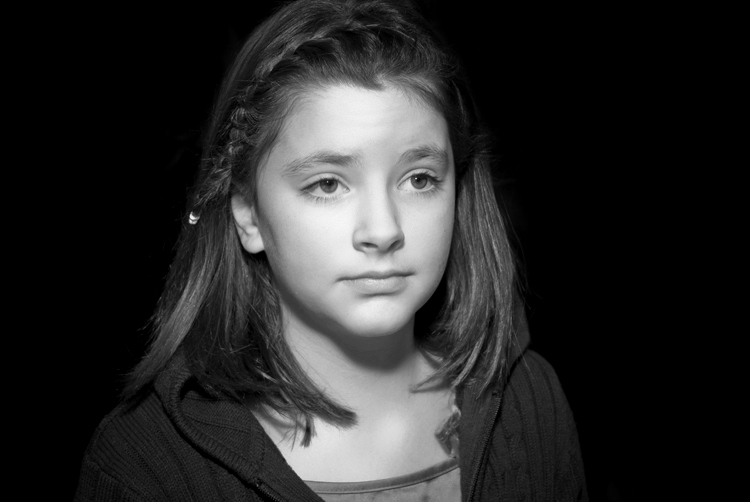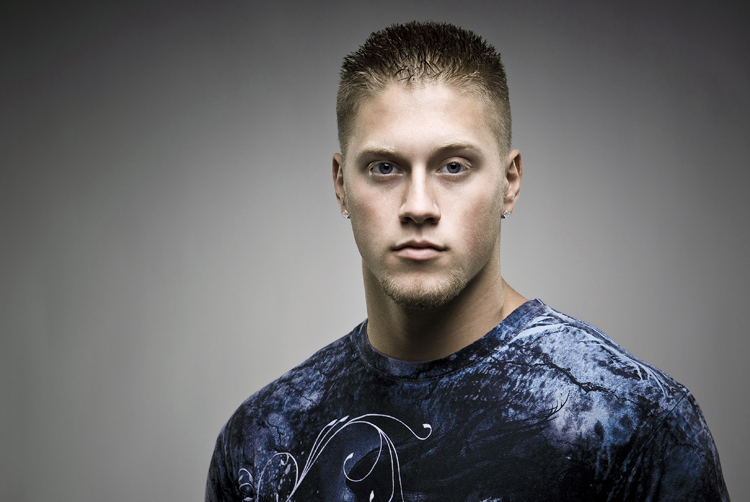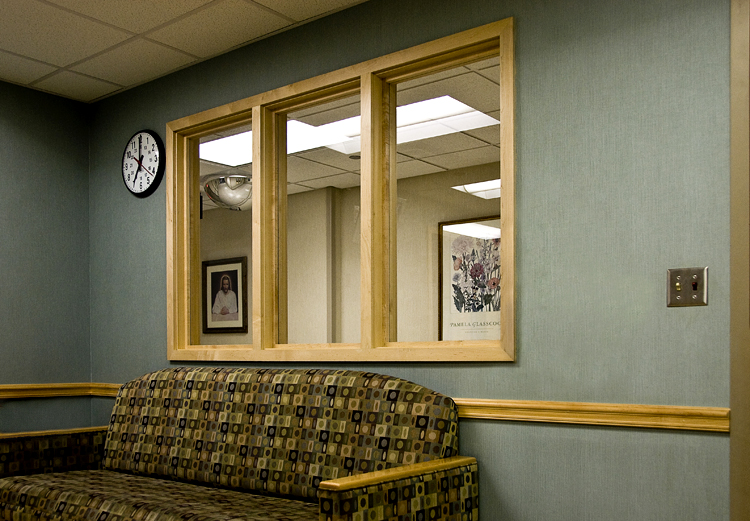Lately I’ve been increasingly interested in copyrights; what it is, what its for, who’s it for, and why I should care. I run into a lot of my fellow photogs who don’t care about copyright, are willing to give it away for free, or look down on anyone who does care about copyrights. This ought not be the case. If you’re a photographer, especially if you are making a living at it, you need to understand copyrights. We ought to understand our right, and hold that right in high regard.
First of all, a copyright is your right. Anytime you create a photograph, it yours for 75 years after your death. After that, it belongs to the public (at that point, anyone can do anything they please with what you create). This means, if I create an image at age 30, live ‘til I’m 80, then that image is owned by me or my linage for125 years! This gives me a great deal of incentive to keep shooting. Why? Because of all that I invest into an image, once I create it, I own it. My work is protected. Does this mean it will never be stolen? Hardly. But, if they do, I can take legal action, reclaiming any revenue I may be owed.
Copyright not a new concept. According to John Harrington in his book "Best Business Practices for Photgraphers," he points out that "copyrights are included by our founding fathers, spelled out in the US Constitution." To those of you out there who think copyrights aren’t all that important, chew on this: "In Section 8, the Constitution stipulates that congress shall 'promote the Progress of Science and useful arts, by securing for limited Times to Authors and Inventors the exclusive Right to their respective Writings and Discoveries.' This is found within the first 1,600 words of our Constitution that, without amendments, is approx. 4,500 words in length. This exclusive right explanation comes before a discussion of who can be the president and how, before the rules and obligations of the states, and before the Bill of Rights, and all the other amendments such as ending slavery, right to bear arms, and women’s rights." This was the basis for copyright. Not even on the amendments, but on the body of the Constitution itself. It is a big deal, and has been throughout modern history.
Here’s a personal reason I care about copyright laws.
A few years back, my Dad retired from the Tulsa Fire Department. As a gift, I photographed his bunker gear on the ladder truck he drove throughout his career (this is the image at the top of this post). We then matted the photograph with a large matte, framed it, and had firefighters from all over the Tulsa area who’d worked with Dad over the years sign the matte board. The gift was a huge hit. Everyone loved it. I soon began to have firefighters from Dad’s station begin to ask me to create them a similar image of their bunker gear. They insisted they’d pay me for my work. So, one afternoon, I arrived at my Dad’s old station and spent several hours capturing the different images. I then spent a great deal of time creating the final images in PS. After that, I returned to the station and presented 5x7 proofs to each of them, along with a list of prices for prints.
That’s the last I ever heard from them. Now, I have no way of knowing for sure if my images have been illegally reproduced and thus my copyright infringed. But, based on the amount of enthusiasm of my “clients”, and then the utter lack of communication since, I have a sinking feeling there are several 8x10s and 11x14s of my work hanging some walls somewhere. And I have nothing to show for it. I am NOT saying these guys are outright crooks. To the contrary, they truly are Tulsa’s finest, many of whom are my Dad’s lifelong friends. If my copyright has been infringed, it is likely due to ignorance of the law, rather than outright malice.
But either way, I did a lot of work, created several unique images, and received no compensation. I did, however, learn a TON from that endeavor. Like the importance of copyrights, educating clients about copyrights, charging a “creative” fee up front, using a contract, not giving large hard copies for proofs, following up with phone calls/emails afterwards – something, anything but the way I handled things.
So why not take action and get what I’m owed for these images? A couple of reasons. 1) like I said, I'm not even sure they have been reproduced. I’d have to go into these guys’ houses and seen it for myself. Then I’d have to prove it in a court of law. And I’m not willing to do that for reason 2) these men are my Father’s friends. They each are responsible for keeping one another safe (alive) fighting countless dangerous fires over the years. If they did infringe on my copyright, I’m okay with that. They helped my dad make it to retirement free of major injury. If I had it to do over again, due to the unique situation, I would have insisted on doing it for free and given high resolution images on discs. Instead, because of the way I handled it, it created an awkward situation.
For more information on the subject, I would suggest reading “Best Business Practices for Photographers” by John Harrington; “The Law, in Plain English, for Photographers” by Leonard D. Duboff; “Legal Handbook for Photographers: The Rights and Liabilities of Making Images” by Bert P. Kranges; and “Copyright in Historical Perspective” by Lyman Ray Patterson.
So there. A lot of words about copyrights. Your work is protected. You should be compensated for your created work. You have a right to take action for stolen work. You should respect the copyrights of others.
Oh, and don’t even get me started on everyone out there who is pirating (stealing) copies of Photoshop, Lightroom, and the like. These too are protected under Federal Copyright Laws. How, in good conscience, can anyone expect their copyright to be respected when the photographs have been created on stolen (copyright infringed) software? That is a massive double standard at the vary least, and outright criminal if caught. Just as we have the right to take legal action against those who steal our images, so too the software companies have the right to take legal action against those who steal their software. But that’s a whole other post. One which I will likely write in the near future. =)
Now, go out and shoot something!


